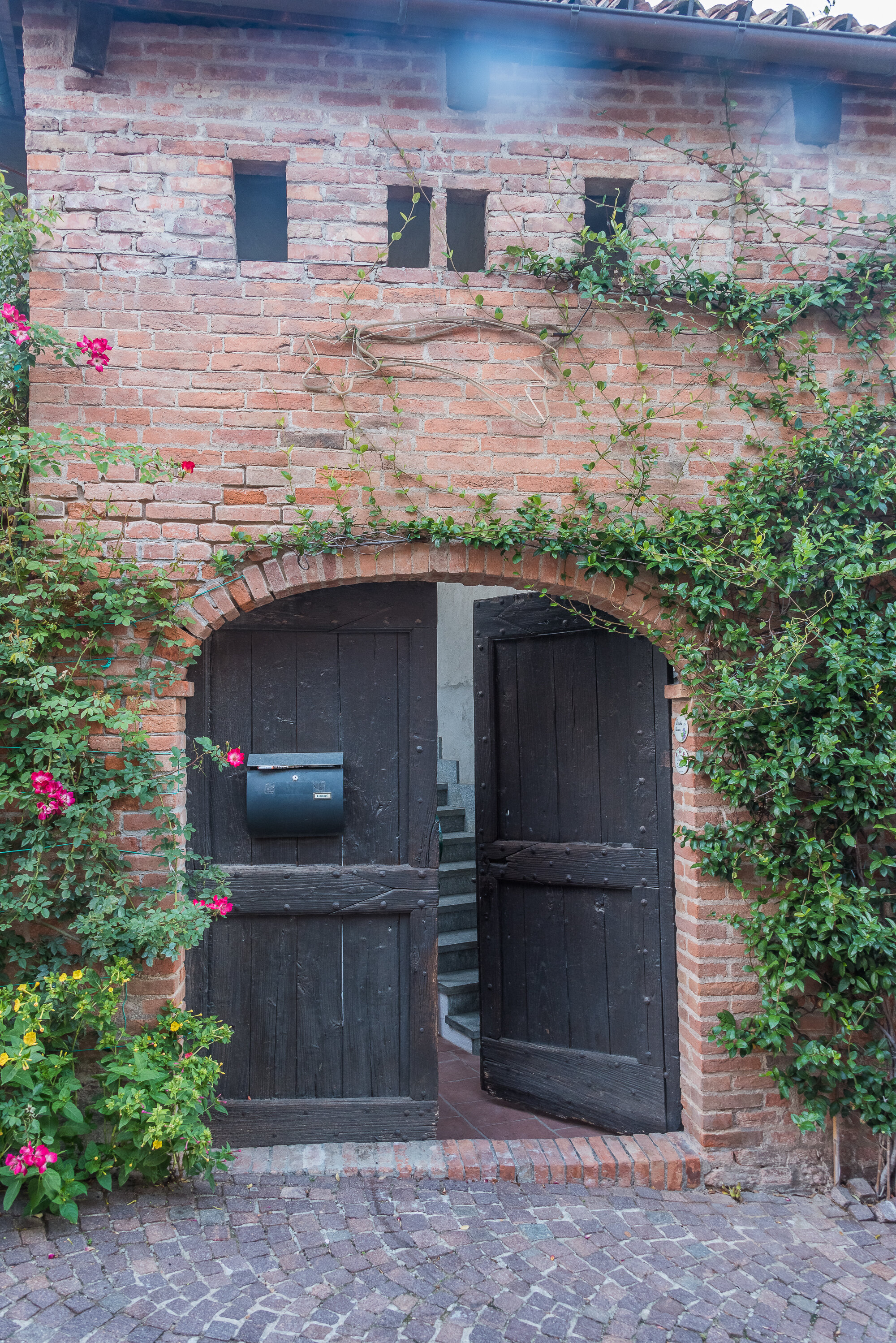This transformation is dedicated to my dear friend Diana Armstrong. She and her husband David were adventurous souls who followed a dream that many of us have…they bought a place in Italy! And not just any place.
They have a beautifully charming home in Lubriano, Italy, where she spends time looking out at this view of the hilltop town of Civita di Bagnoregio. Here, she writes her beautiful books about Italian life, her father’s war, and cooking. If you are a late comer to my articles of Italy, please take a moment to see more about her life and accomplishments in my 2016 article titled, “Covering for Friends”.
Much of the charm of the Armstrong’s compound comes from the fact that their residence is part of a converted, 400-year-old monastery. In her first book, "Somewhere South of Tuscany: 5 Years in a Four-Cat Town" (2010), Diana tells the story of how they came upon, purchased, and renovated their home. In her second book, “A Winding Path to Umbria: The Silent Bridge of Time” (2016), we learn that her father was within that very same view, as he was part of the allied forces who fought to take that town.
The Door in Lubriano
Diana, you most likely know this door well…but as you will see, it is in better shape in my version, than in reality.
You pass by this door as you turn right out of your house toward Piazza Col di Lana…it’s just down a bit on the left. Specifically, it is number 2 Via Roma.
Here we see number 2 in all of it’s faded glory. Time, the weather, and neglect have left this once-proud door in very poor shape. In just moments, I plan to rectify that situation.
What do I need to do? Well, as is usual, I want to get rid of the more modern elements in this snapshot. For instance, the address plaque needs to go, as does the chain and padlock. How about that stopgap measure in the form of cardboard? That most definitely has to go bye-bye.
Stage One: Misplaced Artifacts Removed
Now…no cardboard, no chain and lock, and no address plaque.
Step 2: A Bit of Contrast and Saturation
Step 3: A Bit of Red Paint
The door is definitely old, so it will remain in a weathered condition, but I just don’t like that yellow-orange. Let’s go with a bit of red.
Step 4: Mood and Patina
Now were getting somewhere.
The Final Step
I like to put my transformed door and window photos into an 8x10 aspect ratio. The previous photos were too tall and skinny. To fit the photo into my desired 8x10, I had to add a bit to each side of the door to make the photo wider. So, I did just that.
Now, here is the final photo. It seems to be in the twilight hours, as it looks to be getting dark on Via Roma. Things seem to be much better now…maybe the owners would like me to come over to sand away that old paint and then paint the door anew. All they have to do is ask.
There you have it readers. And Diana, as you pass by, I’m sure that you won’t see that door in the same light, again.
Until next time…
Ciao for now,
Steve



